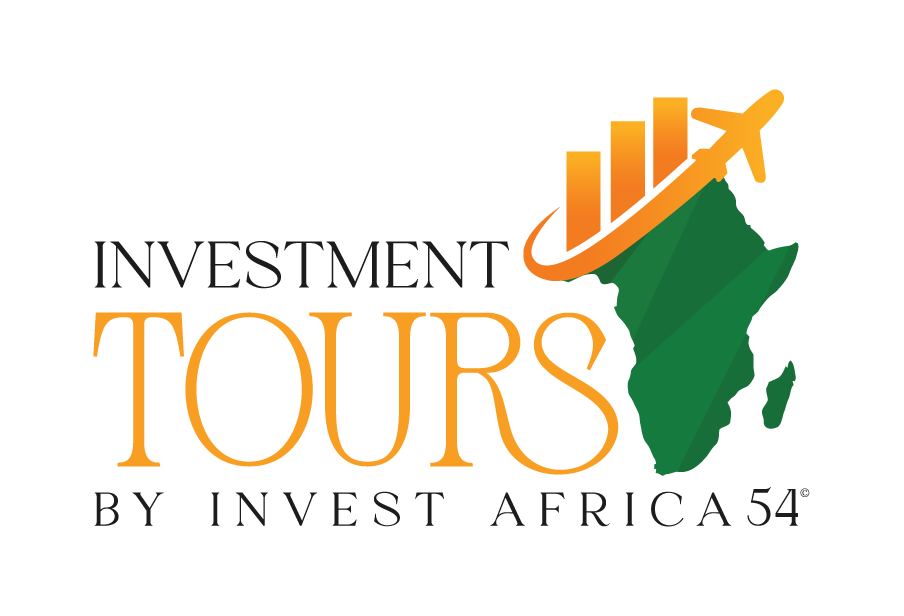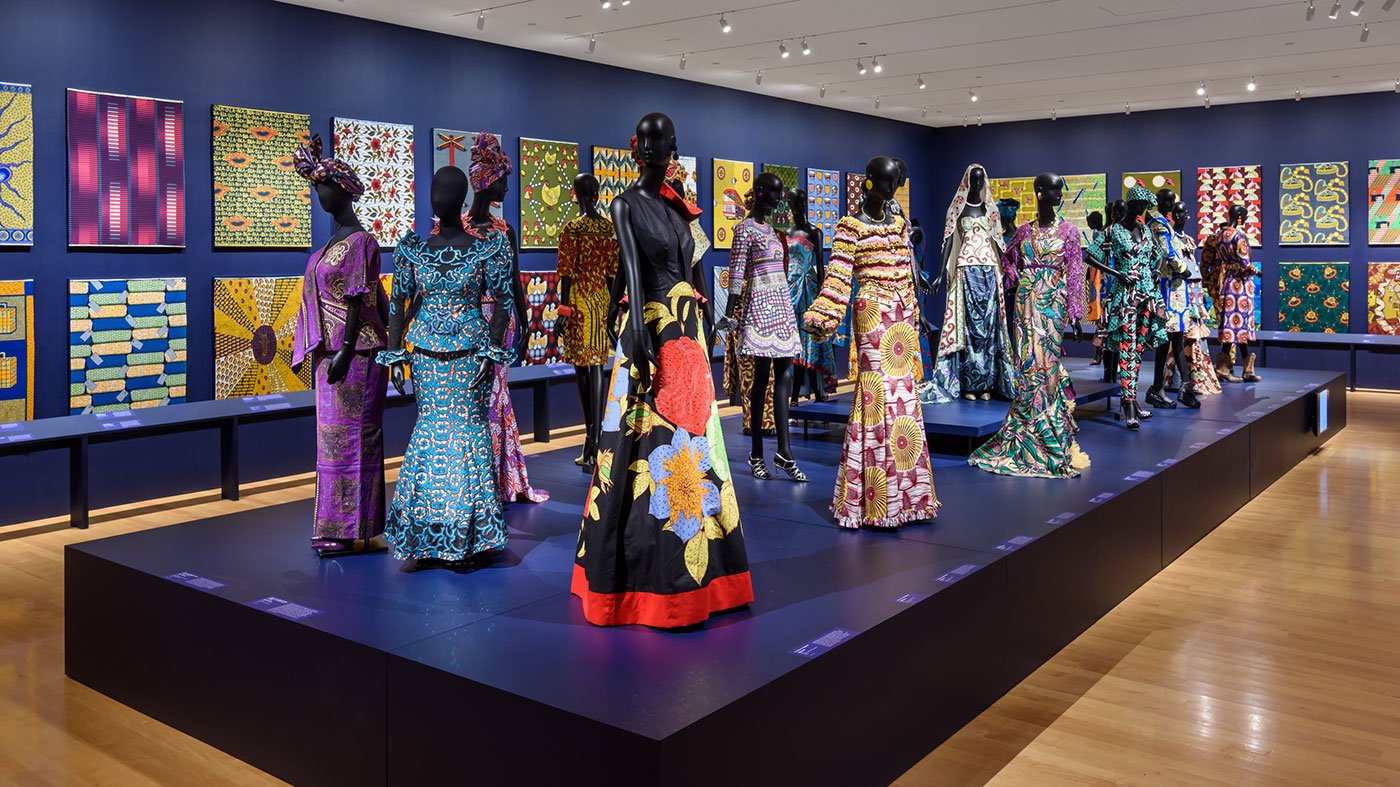Africa Textile
African countries are investing in industrial parks to boost their textile production capacity and establish a heavy industry that will enable full industrialization by 2025. The goal is to generate $30 billion in export revenue from the textile apparel and accessories sector by 2030. Cotton is a constant in the African textile market, with six African nations cultivating cotton under the brand "Cotton created by Africa," employing over 450,000 people in the industry. Additionally, South Africa has entered the technical textiles market by offering hemp to aeronautics businesses, while Ethiopia is becoming a leader in establishing a textile sector in East Africa as many companies shift their production from Asian to African nations. Although China is the global leader in textile production, investor confidence in the continent's manufacturing and design capabilities and the growing fashion industry are driving the African textile industry.
The textile and apparel sector is predominately made up of micro, small, and medium-sized businesses, which may quickly create respectable jobs, both skilled and unskilled, particularly for young people and women. Investing in the skill development of women in the sector can increase economic output and independence, which can help the communities on the social and political fronts. Development actors can provide infrastructure and access to finance to give small enterprises the infrastructure they need to move to the formal economy. Under the African Growth and Opportunity Act (AGOA), sub-Saharan exporters of apparel are given duty-free access to the U.S. market, which has helped African textile products become more competitive. However, the COVID-19 pandemic has disrupted the textile sector, leading to the closure of many businesses. E-commerce and online purchasing have significantly increased, but textiles are a specialized online market. Overall, the textile industry in Africa is expected to expand at a Compound Annual Growth Rate (CAGR) of 5% between 2019 and 2024.
References:
AfDB. (2018). Cotton and Textiles Value Chain in West Africa: An Opportunity for Economic Diversification, Export Competitiveness and Industrialization. Retrieved from https://www.afdb.org/fileadmin/uploads/afdb/Documents/Generic-Documents/Cotton_and_Textiles_Value_Chain_in_West_Africa_ENG.pdf
Ellen MacArthur Foundation. (n.d.). Toward a Circular Economy: Textiles Volume 1. Retrieved from https://www.ellenmacarthurfoundation.org/publications/toward-a-circular-economy-textiles-volume-1
Mordor Intelligence. (n.d.). Africa Textile Market - Growth, Trends, COVID-19 Impact, and Forecasts (2021 - 2026). Retrieved from https://www.mordorintelligence.com/industry-reports/africa-textile-market
Times of Africa. (n.d.). The African Textile and Garment Industry – Prospects and Challenges. Retrieved from https://www.timesofafrica.com/african-textile-garment-industry-prospects-challenges/
UNIDO. (n.d.). Gender and Value Chain Development: A Guideline for Practitioners. Retrieved from https://www.unido.org/sites/default/files/files/2016-04/gender_value_chain_development.pdf

